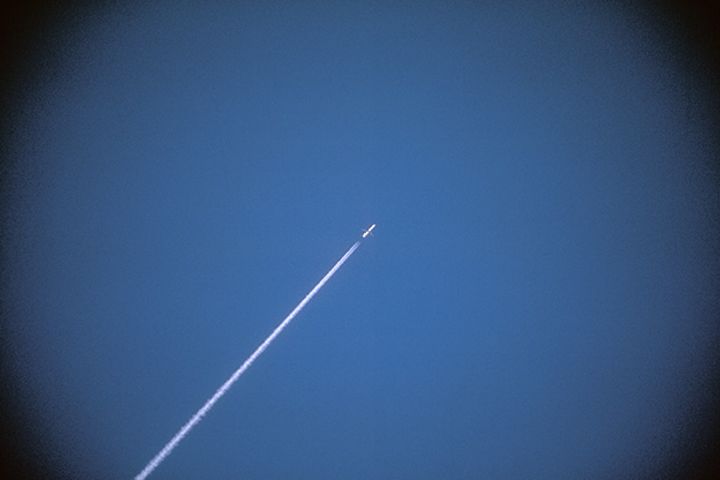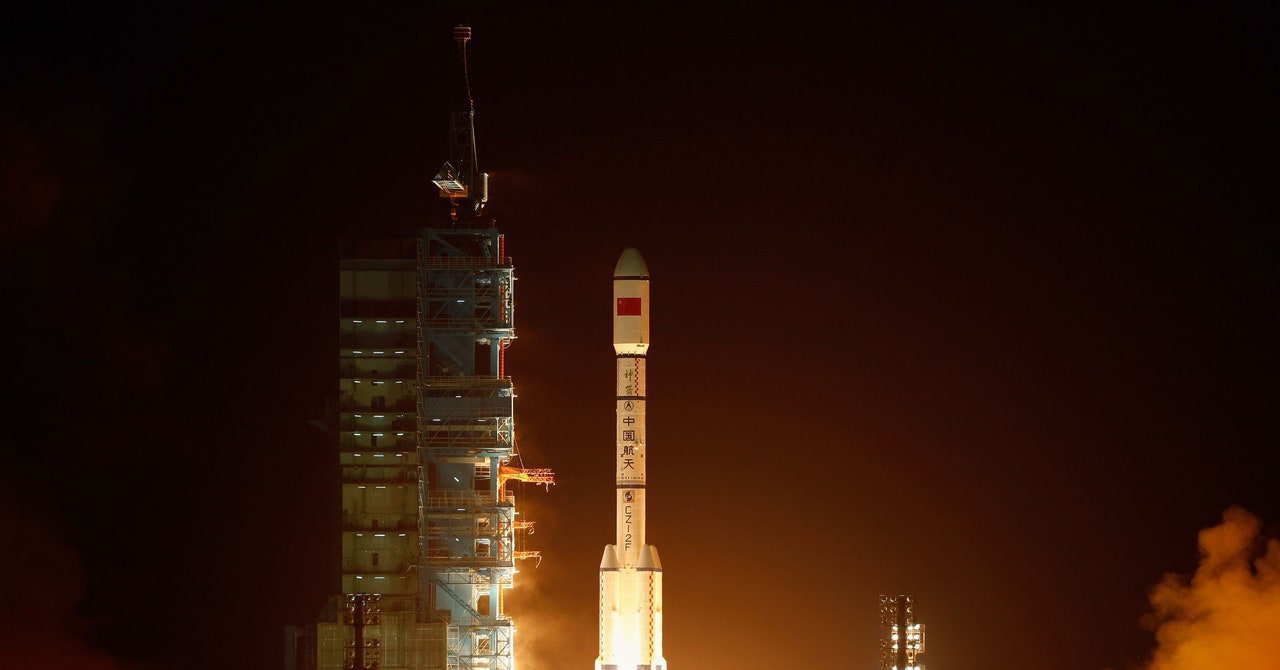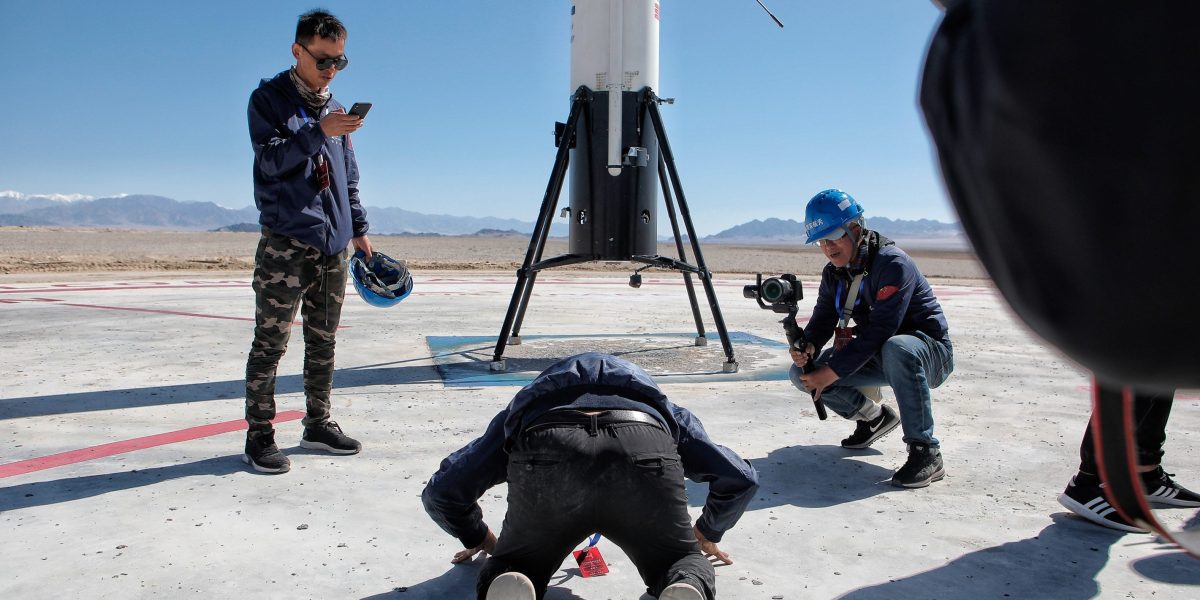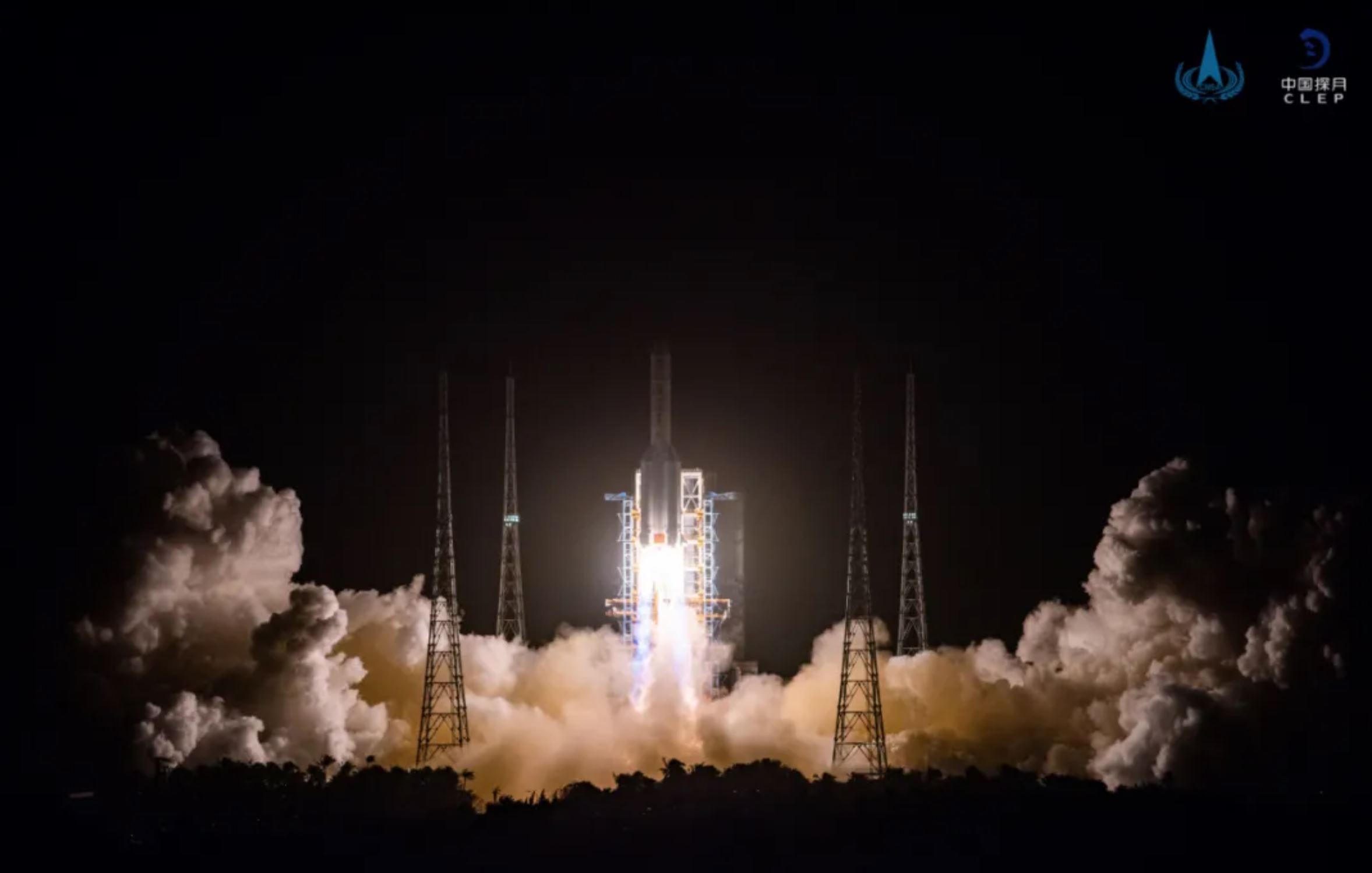Mantospace
New Member
- Joined
- Dec 6, 2020
- Messages
- 374
- Likes
- 671
Dont need.My sh** to these bat eaters.No, they need to send these to India first: after all, there are 1.4 b living there but 0 on the mars.
Dont need.My sh** to these bat eaters.No, they need to send these to India first: after all, there are 1.4 b living there but 0 on the mars.

Using racial and misogynistic slurs will not change the fact that Chinese space activity is increasing at furious pace that is matched only by Americans.These chinki cunts just post these CCP space missions to gloat and boast only...
Let them do that...USSR did the same when they had money but in 90s their space scientists had to beg for daily wages
They even stole food packets meant for soviet space station resupply
I am sure CCP commie cunts are destined for the same



Huge private component huh? Like jack ma? Who got kidnapped by CCP thugsUsing racial and misogynistic slurs will not change the fact that Chinese space activity is increasing at furious pace that is matched only by Americans.
And very unlike the Soviets, China has a huge private component!
China will go into the space business just like any other industry

China's private space industry is rapidly gaining ground on SpaceX
China now has around 100 private space companies. They're creating reusable rockets, sending payloads into orbit and quickly catching up with SpaceXwww.wired.co.uk

China’s surging private space industry is out to challenge the US
An explosion of space startups in China is supercharging tech innovation, opening new markets around the world, and expanding the country's influence.www.technologyreview.com
View attachment 91611
China to construct commercial spaceport to support booming space industry - SpaceNews
China is to establish a commercial spaceport in the coming years to support the rapid growth of private space activities in the country.spacenews.com
Many many entrepreneurs besides JackHuge private component huh? Like jack ma? Who got kidnapped by CCP thugs
Lol
China will go into the space business just like any other industry
A Long March 4B rocket launched Haiyang-2D oceanography satellite from Jiuquan on 18 May 2021.A Long March 2C rocket launched Yaogan-30 Group 08 satellites from Xichang on 7 May 2021.
It is the 369 flight of Long March series.
Orbital launches from Chinese launch centers: 401
(Long March/Kuaizhou/Smart Dragon/Hyperbola/Ceres)
Jiuquan Space Launch Center - 142
Xichang Space Launch Center - 154
Taiyuan Space Launch Center- 91
Wenchang Space Launch Center - 12
Haiyang Eastern Space Launch Port (Sea Launch)- 2
Ningbo Commercial Space Launch Center(under construction)-0
Nope, I was also talking about Qian Xuesen, the father of the Chinese rocket program who basically stole the technology from the US after being educated there. Also, it is a known fact that Chinese hackers, students and workers have been stealing intellectual property secrets from the US for decades. Speaking of Chinese students, workers and tourists, most of them are funded by the Chinese Communist Party (CCP) and sent to the US to steal intellectual property from US universities, companies, and even government organizations like NASA, so they are basically CCP agents. Overseas Chinese are more loyal to China than to the US even after becoming American citizens, and often spy for the CCP (one example is Eric Yuan, the CEO of Zoom, who was sending data of Zoom users to China). Chinese living in US often take CCP's side, due to them having been brainwashed by CCP propaganda their whole lives.pretty sure US dont share tech with China, especially space tech. as for stolen, all NASA core tech are on secure network, even their external network have layer upon layers of firewall. If china able to steal it without US knowledge than their cyber offense is MUCH better than US, which is not true. as for personal income, they are still consider developing nation, around $12k GDP/cap. however, all you need to see is how many chinese tourist/student travel oversea to know their income are raising each year. as for corruption, its widely spread in china, but you might want to check india corruption and compare to china.
also you are contradicting yourself, if you are saying they stole tech that mean they dont need spend that much on R&D space tech, however you also said they spend alot $$ on their pet projectIts contradicting
Now i'm not chinese but american, and i'm not fan of CCP. however, you need to recognize they achieve something only US able to achieve. and they are quickly catching up, hence why US consider china as Near peer. i mean you can say whatever word about china, but it doesn't change the facts here.

Beijing continues to use World Bank standards for the world’s poorest nations even though it is classified as an upper-middle-class country.
China defines extreme rural poverty as annual per capita income of less than $620, or about $1.69 a day at current exchange rates, according to Reuters.
That compares to the World Bank’s global threshold of $1.90 a day.
“In 2021 … measuring progress using the official poverty lines of the world’s poorest countries as a benchmark may be the very definition of underachievement,” wrote Brookings Institution economist Indermit Gill.
Huang Xiaomin, a rights activist in Chengdu, Sichuan Province, told VOA Mandarin that, in some places, records used by Xi and other top officials can be inflated.
In Sichuan province, for example, many residents of Heshu town in Peng’an county appear to have received social security and health care benefits. But, the activist said, the reality is different because several people in one family share the money that arrives as a cash payment or bank transfer.
According to Huang, the one-month minimum living allowance for one person is about $42 to $56. When shared among four or five family members of one household, each person got about $11, he said.
“It’s definitely not enough to get out of poverty. But under pressure from the government, [unless the poor people] sign their names to claim everyone has got the full amount, they won’t get any money,” he told VOA’s Mandarin Service “So there’s definitely adulteration."
“There are over 600 million people whose monthly income is barely 1,000 yuan (USD $140), not enough to rent a room in Chinese cities,” he said at his annual press conference.
Xia Ming, professor of political science at the City University of New York, said he now expects CCP loyalists to parrot Xi's questionable claims about the success of China's poverty alleviation efforts, and possibly work to generate supporting evidence.
Wu Qiang, former lecturer in the political department at Tsinghua University, told VOA that Xi's declaration shows he has nothing else to highlight in his eight years in power. He said declaring the end of poverty is a way to maintain stability in the face of income inequality.
“In the market economy, China's rich and poor are divided to an unprecedented extent," said Wu. "...Xi's efforts to alleviate poverty are in fact for political security and the need for stability. Xi's publicity is in fact to show other Party leaders that he has the ability to solve the urgent problems of instability through poverty alleviation and prevent the potential impact on the Party.”
Good achievement.Gif of Zhurong Mars rover rollout
View attachment 91815
| Thread starter | Similar threads | Forum | Replies | Date |
|---|---|---|---|---|
|
|
Maldives : News, Updates & Discussions. | Subcontinent & Central Asia | 2 | |
|
|
Latin America : News , Updates & Discussions. | Americas | 7 | |
|
|
European Union(EU) Politics - News, views and Updates | Europe and Russia | 7 | |
|
|
EU : News , Discussions & Updates. | Europe and Russia | 0 |
